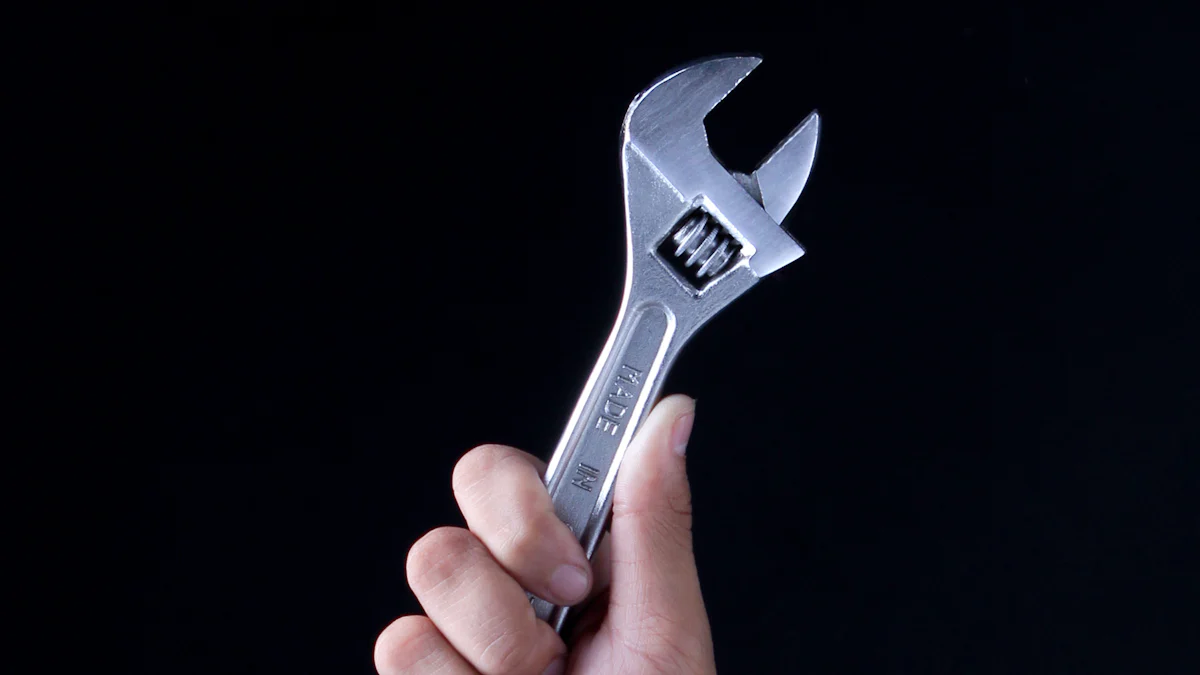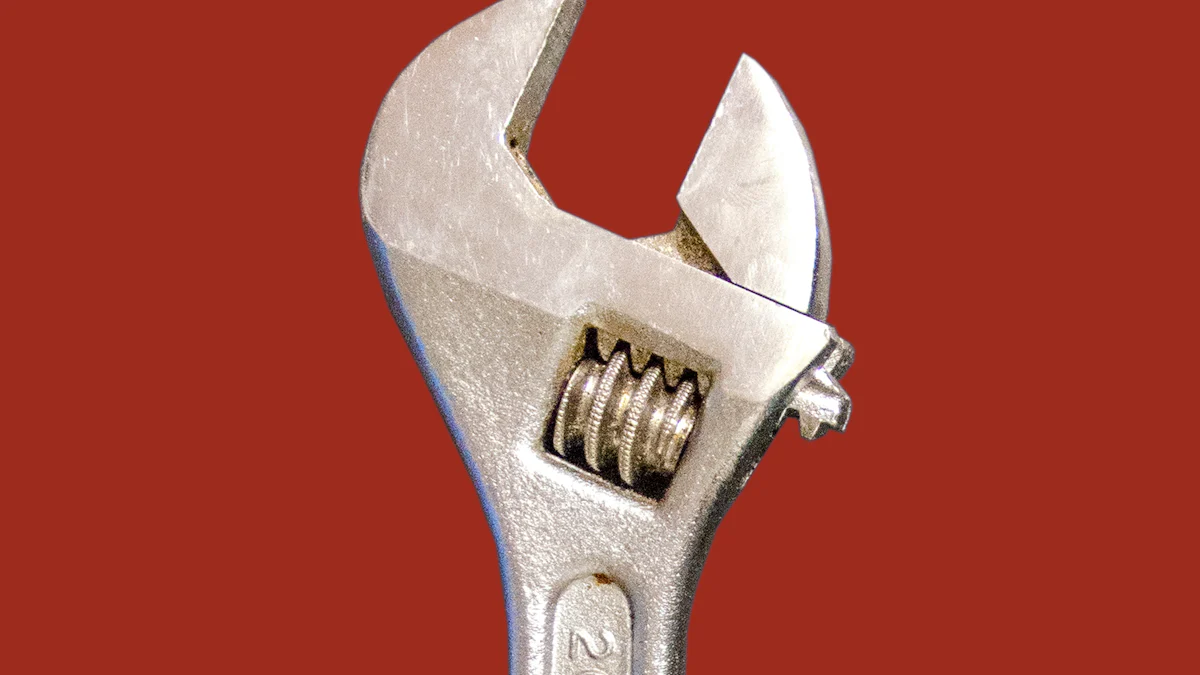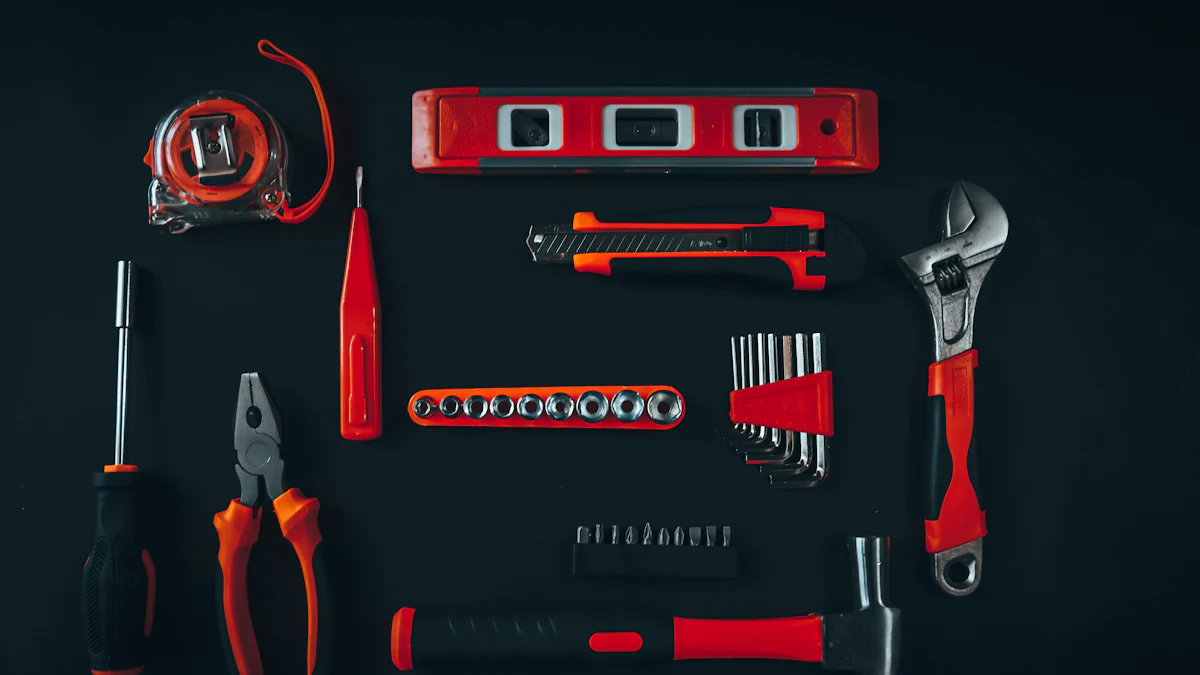
Wrenches and spanners, often used interchangeably in different regions, spark confusion among enthusiasts. The blog aims to shed light on the distinctions between these essential tools. Understanding the nuances between what is a spanner and wrenches is crucial for anyone working with nuts and bolts. By clarifying their differences, readers can enhance their knowledge of these versatile instruments.
What is a Spanner

Spanners, also known as wrenches in North America, are essential tools for tightening or loosening nuts and bolts. The term ‘spanner’ is commonly used in British English, while ‘wrench’ is the preferred term in North America. These tools have been the primary choice for fastening tasks for many decades.
Definition
Origin of the Term
The term ‘spanner’ originated from its ability to span across different sizes of nuts and bolts. This versatile tool can be found in various fixed sizes or as adjustable spanners to accommodate different fastener heads.
Common Uses
Spanners are widely used in mechanical and maintenance work to secure or release nuts and bolts effectively. Their design allows for precise control over the tightening or loosening process, making them indispensable in various industries.
Types of Spanners
Fixed Spanners
Fixed spanners come in specific sizes designed to fit particular nut and bolt dimensions. These spanners offer reliability and durability for repetitive tasks requiring consistent fastening.
Adjustable Spanners
Adjustable spanners, also known as crescent wrenches, feature a movable jaw that can be adjusted to fit different fastener sizes. This adaptability makes them versatile tools suitable for various applications.
Advantages of Spanners
Mechanical Advantage
Spanners provide users with a mechanical advantage when turning nuts or bolts due to their leverage design. This feature reduces the effort required to tighten or loosen fasteners efficiently.
Precision
The precision offered by spanners ensures accurate torque application on nuts and bolts, preventing over-tightening or under-tightening. This level of control is crucial in maintaining the integrity of mechanical connections.
What is a Wrench
When exploring the realm of tools, wrenches stand out as indispensable instruments for various mechanical tasks. Originating from a rich history of tool forging, these devices have evolved to become essential components in professional-grade toolkits. Wright, a renowned expert in wrench manufacturing, emphasizes the significance of understanding the nuances of wrenches to optimize their utility.
Definition
In the world of tools and fasteners, wrenches play a vital role in securing and loosening nuts and bolts with precision. The term ‘wrench’ encompasses a range of hand tools designed for specific applications, reflecting years of craftsmanship and innovation in tool engineering.
Origin of the Term
The term ‘wrench’ finds its roots in the concept of applying torque to rotate objects like nuts and bolts effectively. This fundamental function has been refined over time, leading to the development of various wrench types tailored for different tasks.
Common Uses
Widely utilized across industries such as plumbing and automotive sectors, spanner wrenches, also known as adjustable wrenches, offer adaptability and essential features that cater to diverse fastening needs. Professionals rely on these versatile tools for their efficiency and reliability in critical applications.
Types of Wrenches
Adjustable Wrenches
Adjustable wrenches feature a unique design with a movable jaw that can be customized to fit different nut and bolt sizes. This flexibility allows users to tackle various fastening challenges without the need for multiple fixed-size tools.
Fixed Wrenches
Fixed wrenches are precision-crafted tools available in specific sizes optimized for particular fastener dimensions. These sturdy instruments provide durability and consistency for repetitive fastening tasks in mechanical workspaces.
Advantages of Wrenches
Versatility
The versatility of wrenches lies in their ability to adapt to different nut and bolt sizes, offering a comprehensive solution for various fastening requirements. This adaptability streamlines tasks by eliminating the need for multiple tools, enhancing efficiency in mechanical operations.
Ease of Use
Wrenches are designed with user convenience in mind, featuring ergonomic handles and intuitive mechanisms that simplify the fastening process. Their user-friendly design ensures comfortable handling during prolonged use, making them ideal companions for professionals across industries.
Key Differences

When comparing spanners to wrenches, several key differences emerge, highlighting the unique characteristics of each tool. Understanding these distinctions is essential for professionals working in mechanical and maintenance fields.
Design Differences
Jaw Mechanism
- Spanners typically feature a fixed jaw mechanism, providing stability and precision when fastening nuts and bolts.
- Wrenches, on the other hand, are known for their adjustable jaw design, allowing users to adapt the tool to various fastener sizes effortlessly.
Size Range
- Spanners come in a range of fixed sizes tailored to specific nut and bolt dimensions, ensuring a snug fit for optimal performance.
- In contrast, wrenches offer versatility with their adjustable size range, making them suitable for different fastening tasks without the need for multiple tools.
Regional Preferences
UK vs. North America
- In the UK, spanners are commonly referred to as such and are widely used in mechanical applications due to their precise control over fastening processes.
- Conversely, in North America, wrenches are favored over spanners for their adaptability and ease of use across various industries like plumbing and automotive sectors.
Terminology
- The regional terminology differences between spanner and wrench reflect cultural nuances in tool usage preferences.
- While both tools serve similar purposes globally, the choice of terminology often depends on geographical location and historical tool traditions.
Practical Applications
Best Uses for Spanners
- Mechanical Work: Spanners excel in mechanical work environments where precise torque application is crucial for maintaining equipment integrity.
- Maintenance Tasks: Their fixed size options make spanners ideal for repetitive maintenance tasks that require consistent fastening.
Best Uses for Wrenches
- Versatile Fastening: Wrenches’ adjustable jaw mechanism allows them to tackle a wide range of nut and bolt sizes efficiently.
- Professional Toolkits: Due to their adaptability and ease of use, wrenches are indispensable components in professional-grade toolkits across various industries.
- To summarize, spanners and wrenches serve as indispensable tools in mechanical and maintenance tasks.
- Understanding the differences between these tools is crucial for efficient fastening processes.
- Practical applications for spanners include excelling in mechanical work environments and repetitive maintenance tasks.
- Conversely, wrenches shine in versatile fastening challenges and are essential components in professional-grade toolkits.
